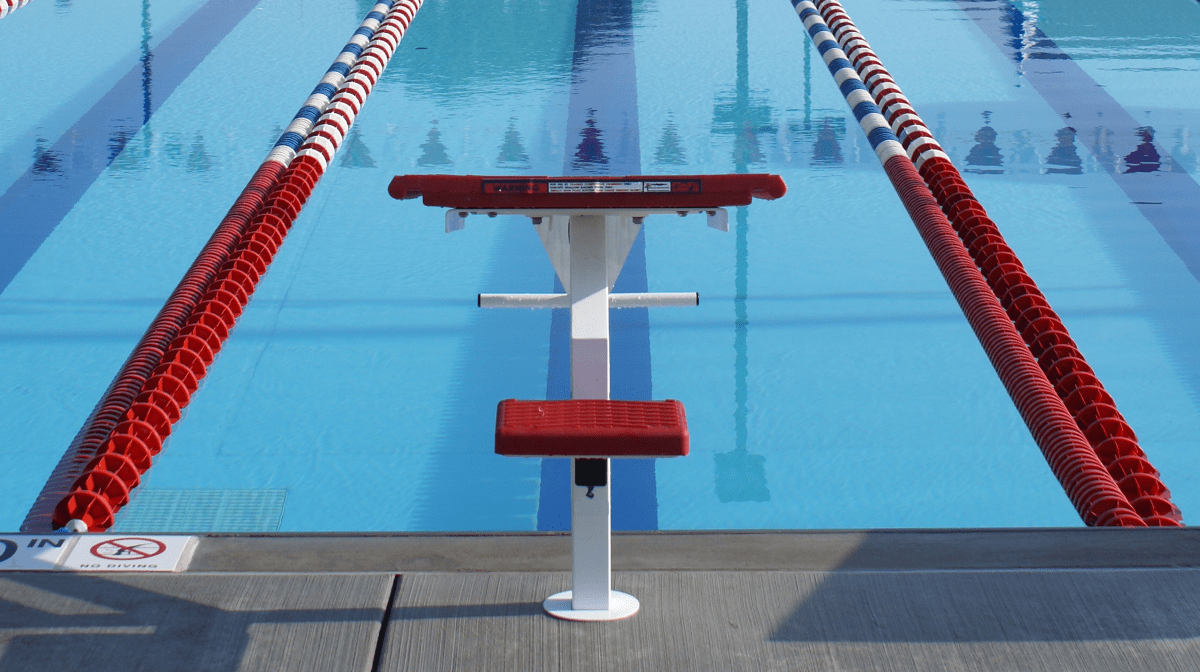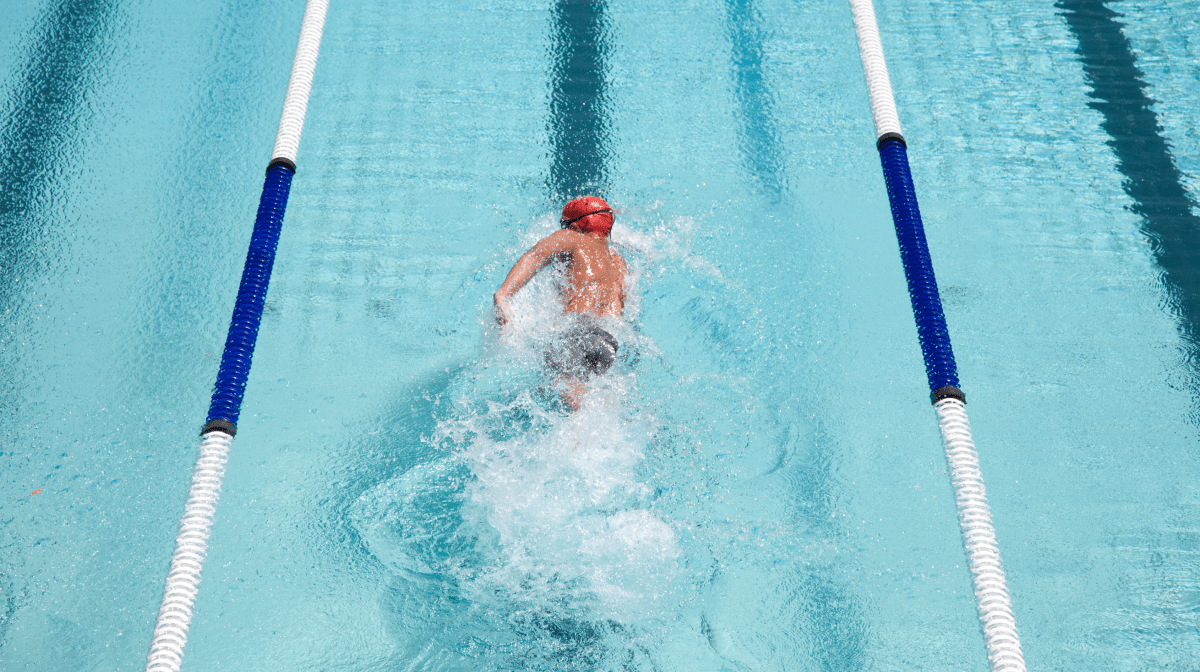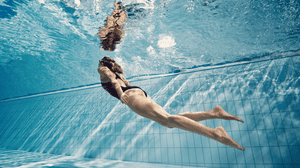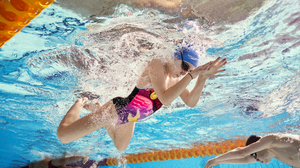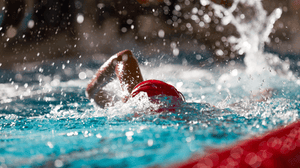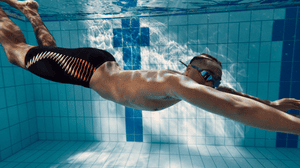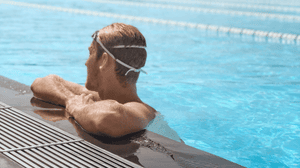
So, you’ve invested in a swim fitness tracker and are now using the Speedo On platform. That’s good. Now you have access to a whole lot of data at your fingertips, and one of the useful data sets you’re able to see in detail is your SWOLF score.
SWOLF, a combination of ‘swim’ and ‘golf’, is a concept that has been around for some time and you’ve most likely heard of it before. For those of you who haven’t, it’s calculated by adding together the seconds and strokes taken to swim 25 or 50 metres. And, like a handicap in golf, the lower the score, the better.
If you’re actively looking to improve your SWOLF score, how do you go about it? Here are some top tips, including how to use the data displayed on Speedo On to your advantage.
Don’t see it as a competition
“You can’t really compare your SWOLF score to someone else’s, like you can a PB,” says Jess Brown, who classes herself as an intermediary swimmer who is currently tracking her open swimming training.
“It’s important to remember this. If you treat it like a competition and try to match someone else’s stroke rate, then you can push yourself too hard and expend more energy than you need to. Ultimately, you can end up slowing yourself down.”
Don’t see it as a splash and dash either
The focus should be on finding your optimum stroke rate, depending on the length of your swim.
“After a workout, it’s good to be able to visualise the data a swim fitness tracker has collected,” says Jess. “Viewing it in a graph is particularly helpful for identifying peaks and dips in your performance. You can see exactly when you found the right combination of pace and stroke rate that you were comfortable with.”
She adds: “For me, if I’m in the pool and looking to improve my SWOLF of a previous workout of, say, 100 metres, then I’ll probably aim for the same number of strokes in less time.
“If I’m going for a much longer distance, I’ll aim to do fewer strokes in the same time. This is because in open water swimming, it’s good to value efficiency over speed.”
Think about honing your technique
Becoming more efficient, particularly over long distances, and regardless of workout type, is about mastering your craft.
“Your SWOLF score is only useful if you understand what it takes to be an efficient swimmer, actively work on your technique to generate gains, and realise that speed isn’t always about a higher number of strokes per minute,” says Steve Smith, who completed three triathlons in three months last year, despite having no prior experience.
“Using fewer strokes comes from reducing drag. The key is to stretch and make your stroke as long as possible, as this will aid your catch and propulsion,” Steve adds. “During the catch, aim to keep the hand relaxed, with your fingers like a rake. Use the forearm as a paddle and bring your arm back to your hip. Keep your body straight and aligned using core muscles – think of it as a pencil.”
And focus on your core
Core muscles are the foundation of good technique. They enable you to flex, twist and move seamlessly through the water, and help you to have better control over your breathing. This helps lowers your stroke count and improves your SWOLF score.
“A strong and stable core will increase your athletic performance and give you power in the pool. Not only that, it can also significantly decrease your risk of injury,” says celebrity trainer and fitness consultant Rory Knight.

5 Dry Land Exercises To Give You More Power In The Pool
Learn how to develop more explosive swimming power for starts and turns.
Some of the bodyweight exercises Rory recommends doing before getting in the water include side plank rotation, rotating hips and shoulders, and plank walk-ups, keeping the hips stable.
“It’s important to strike a balance between exercises that work both the anterior and posterior (front and back), as well as rotational and anti-rotational exercises,” Rory adds. “And remember, you are only as strong as your weakest link, so you should try and have all angles – and major body parts! – covered.”
If you follow these tips, then next time you’re in the pool, you can track your strokes, maintain your pace with confidence, and chip away at your SWOLF score.
Disclaimer: Always consult with a professional healthcare provider before starting any diet or exercise programme, if you are pregnant or if you are potentially suffering from a medical condition.

Related Articles

